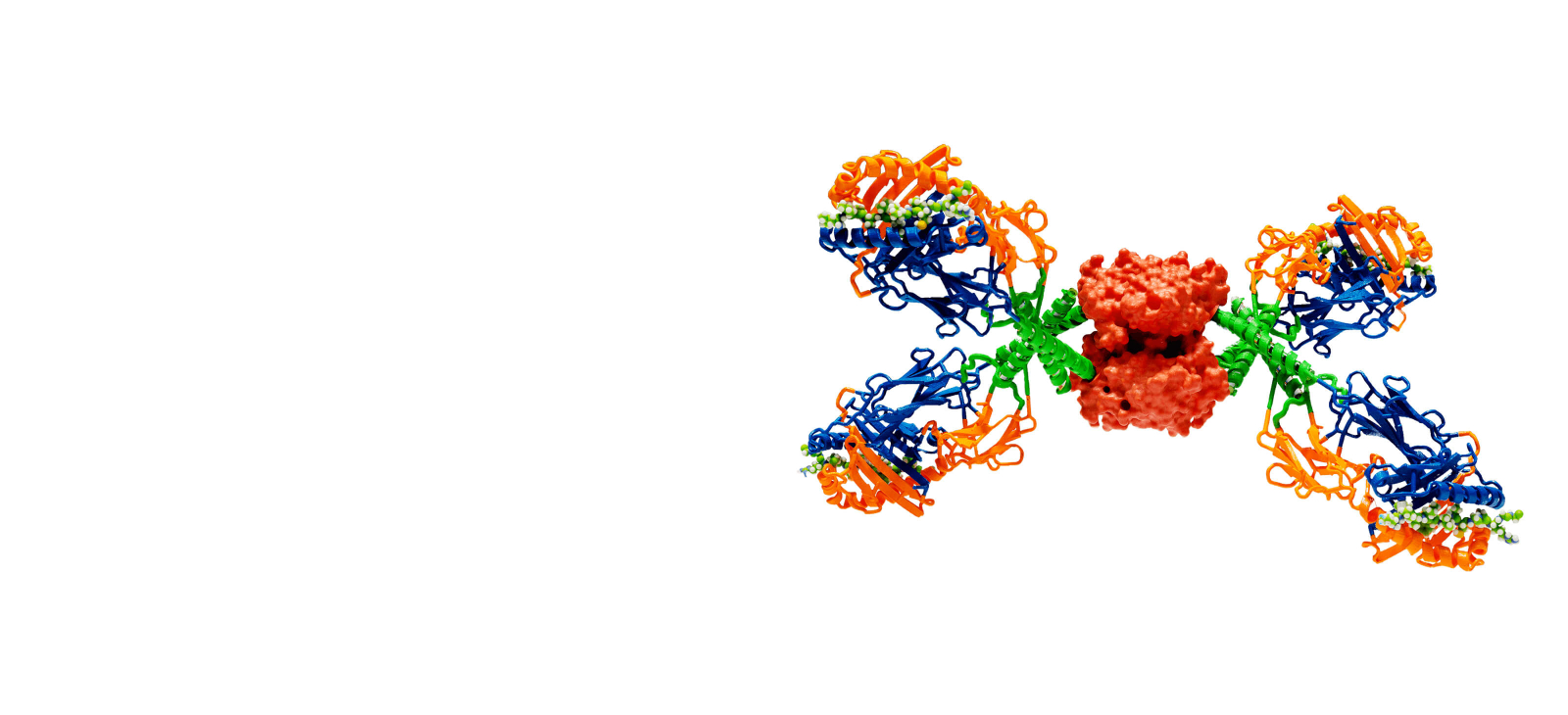Tetramer Core
The Tetramer Core Laboratory provides MHC class II tetramer reagents for collaborators both within and outside BRI. These tetramers are synthetic protein conjugates that allow the direct detection of antigen specific T cells by flow cytometry.

Eddie James, PhD
What is a tetramer?
MHC “tetramers” are a multivalent synthetic mimic of the peptide binding proteins found on the surface of antigen presenting cells. Our tetramers are produced from soluble biotinylated Class II α a/b dimers conjugated around a fluorescent labeled streptavidin core. Class II tetramer reagents are a flow cytometry reagent that can be used to study human CD4+ T cell responses in a wide variety of disease settings. Because of the exquisite sensitivity and specificity of the MHC-peptide-TCR complex, tetramers can be used to individually label, enumerate, and sort T cells with one known antigen specificity.
Tetramers produced in our facility have been used to detect CD4+ (helper) T cells and have facilitated the study of viral immunity, autoimmune diseases, allergic responses and cancer. The class II MHC proteins are produced using stable insect cell cultures and purified by affinity chromatography. The purified proteins are loaded with exogenous peptide and conjugated using PE labeled streptavidin. In some cases we are able to provide T cell clones for use as experimental positive controls.

Tetramer Core Lab Team

Briana Hall

Alexandra Johansson
Featured Publications
-
MHC Class II tetramers and the pursuit of antigen-specific T cells: define, deviate, delete.
Clin ImmunolMallone R, Nepom GT -
HLA tetramer-based artificial antigen-presenting cells for stimulation of CD4+ T cells.
Clin ImmunolMaus MV, Riley JL, Kwok WW, Nepom GT, June CH -
Tetramer analysis of human autoreactive CD4-positive T cells.
Adv ImmunolNepom GT

BRI External Core Labs
BRI’s core laboratories are home to some of the most advanced scientific technologies available. These tools fuel breakthroughs in the lab and lead to advances in patient care. All BRI scientists, as well as scientists from outside of BRI, can access our core labs. Each lab is led by a field-expert who is available to support scientists as they leverage these tools and technologies.


